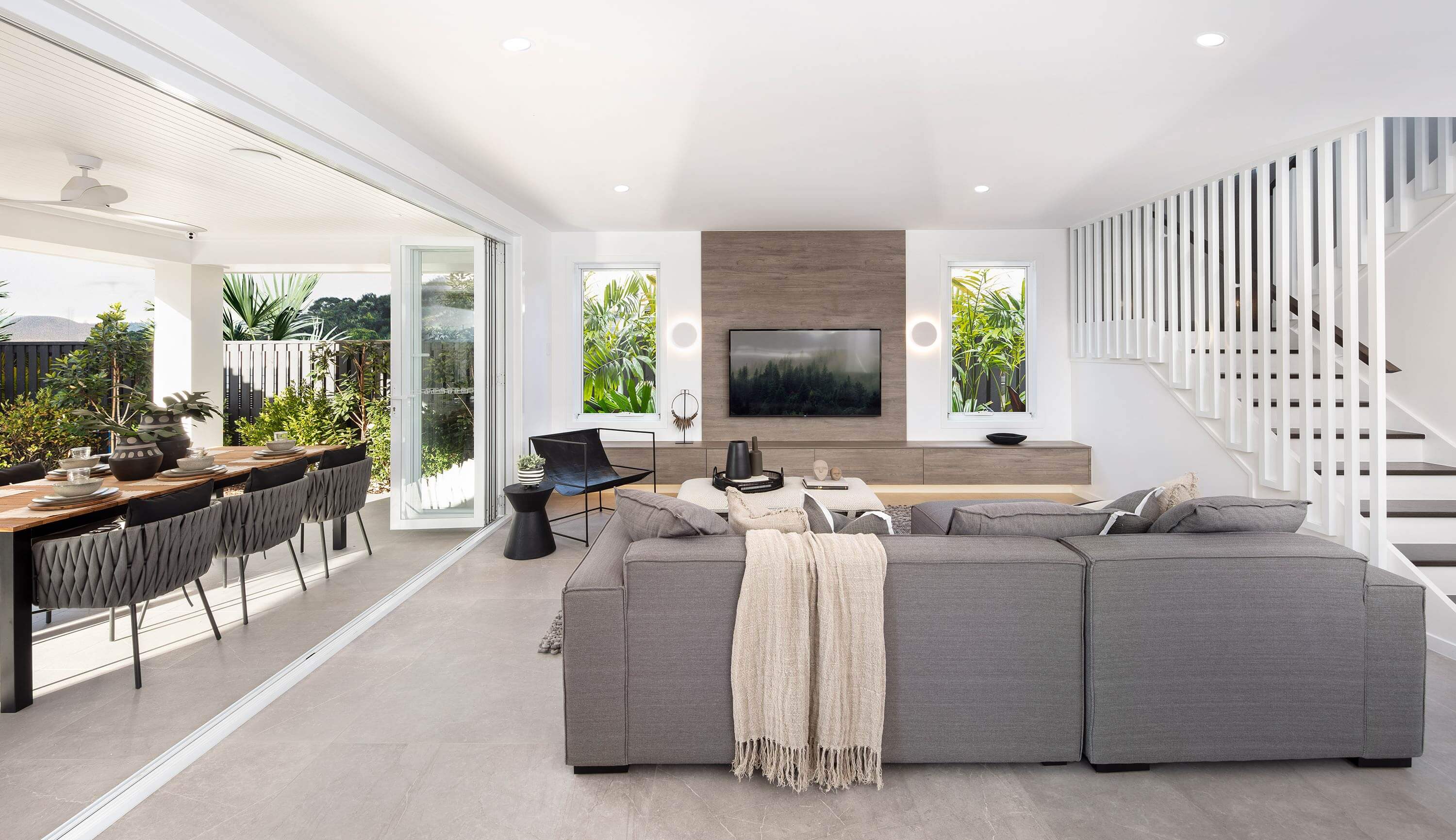The Appeal of One-Story Living

One-story homes offer a unique blend of practicality and comfort, making them an attractive option for a wide range of homeowners. Their single-level design eliminates stairs, providing a seamless flow throughout the house, which can be particularly beneficial for families with young children or aging adults.
Advantages of One-Story Homes
The absence of stairs in a one-story home significantly enhances accessibility, making it easier for people of all ages and abilities to navigate. This is especially important for families with young children or elderly individuals who may have difficulty climbing stairs. Furthermore, one-story homes are generally easier to maintain, as there are fewer surfaces to clean and less potential for wear and tear on stairs. Additionally, the compact design of a one-story home can lead to improved energy efficiency, as less space needs to be heated or cooled.
Common Features in One-Story Homes
One-story homes often feature open floor plans that create a sense of spaciousness and allow for a seamless flow between living areas. These homes typically have large living areas, perfect for entertaining guests or simply enjoying quality family time. Bedrooms are often located on the same level, ensuring easy access for everyone in the household.
Accessibility in One-Story Homes
One-story homes are inherently accessible, eliminating the need to climb stairs. This makes them ideal for families with young children or individuals with mobility limitations. The absence of stairs can also enhance safety, reducing the risk of falls and injuries.
Maintenance in One-Story Homes
Maintaining a one-story home is generally easier than a multi-story home. With fewer levels to clean and maintain, homeowners can save time and effort. Additionally, the absence of stairs reduces the potential for wear and tear, extending the lifespan of the home.
Energy Efficiency in One-Story Homes, 5 bedroom one story house plans
One-story homes can be more energy-efficient than multi-story homes. The smaller footprint and reduced surface area require less energy to heat or cool. This can lead to lower energy bills and a reduced environmental impact.
Designing for Space and Functionality: 5 Bedroom One Story House Plans

A 5-bedroom one-story house presents a unique opportunity to create a spacious and functional living environment. By carefully considering layout, storage solutions, and multi-purpose room design, you can maximize the potential of your home and ensure it meets the needs of your family for years to come.
Maximizing Space in a 5-Bedroom Home
Effective space utilization is crucial in a 5-bedroom one-story house. Here are some strategies for maximizing space and creating a functional and comfortable living environment:
- Storage Solutions: Incorporate built-in storage solutions, such as closets, shelves, and cabinets, throughout the house. This will help to minimize clutter and create a sense of order. Consider maximizing vertical space by installing tall cabinets or shelves, especially in areas like hallways or entryways. Utilize under-stair storage to create a hidden space for storing items that are not used frequently.
- Multi-Purpose Rooms: Designate rooms with flexible functionality, such as a home office that can double as a guest room, or a playroom that can be converted into a home theater. This allows for adaptable spaces that can evolve with your family’s needs. Consider creating a multi-purpose room with built-in furniture that can be used for multiple purposes, such as a sofa bed that can transform into a guest bed or a desk that folds away when not in use.
- Open Floor Plans: Consider an open floor plan to create a sense of spaciousness and flow between living areas. An open floor plan can visually expand the space, making the house feel larger. However, it’s important to consider ways to define different areas within the open space to maintain a sense of privacy and separation.
Creating Distinct Living Areas within an Open Floor Plan
While open floor plans offer flexibility, it’s important to create distinct living areas within the space. This can be achieved through various design techniques:
- Furniture Placement: Strategic furniture placement can help to define different zones within an open floor plan. For example, placing a sofa and coffee table in one area can create a living room, while a dining table and chairs in another area can designate a dining space.
- Area Rugs: Use area rugs to visually separate different areas of the open floor plan. Rugs can define different zones and add visual interest to the space. Choose rugs in different sizes, colors, and patterns to create distinct areas.
- Lighting: Lighting can also play a role in defining different areas. Use different types of lighting to highlight different areas and create distinct moods. For example, use overhead lighting in the kitchen and pendant lighting over the dining table.
- Color and Texture: Employ color and texture to differentiate between spaces. For instance, use a different color scheme or wall treatment in the living room compared to the dining room. This can help to create a sense of separation and visual interest.
Common Layouts for 5-Bedroom One-Story Homes
There are several common layouts for 5-bedroom one-story homes, each with its own strengths and considerations:
- L-Shaped Layout: An L-shaped layout typically features a central living area with bedrooms branching off to the sides. This layout offers a good balance between open space and privacy.
- Split-Level Layout: A split-level layout often includes a raised living area with bedrooms located on a lower level. This layout can create a sense of separation between the living and sleeping areas, while still maintaining a single-story design.
- U-Shaped Layout: A U-shaped layout features bedrooms and living areas arranged around a central courtyard or patio. This layout maximizes natural light and outdoor space.
